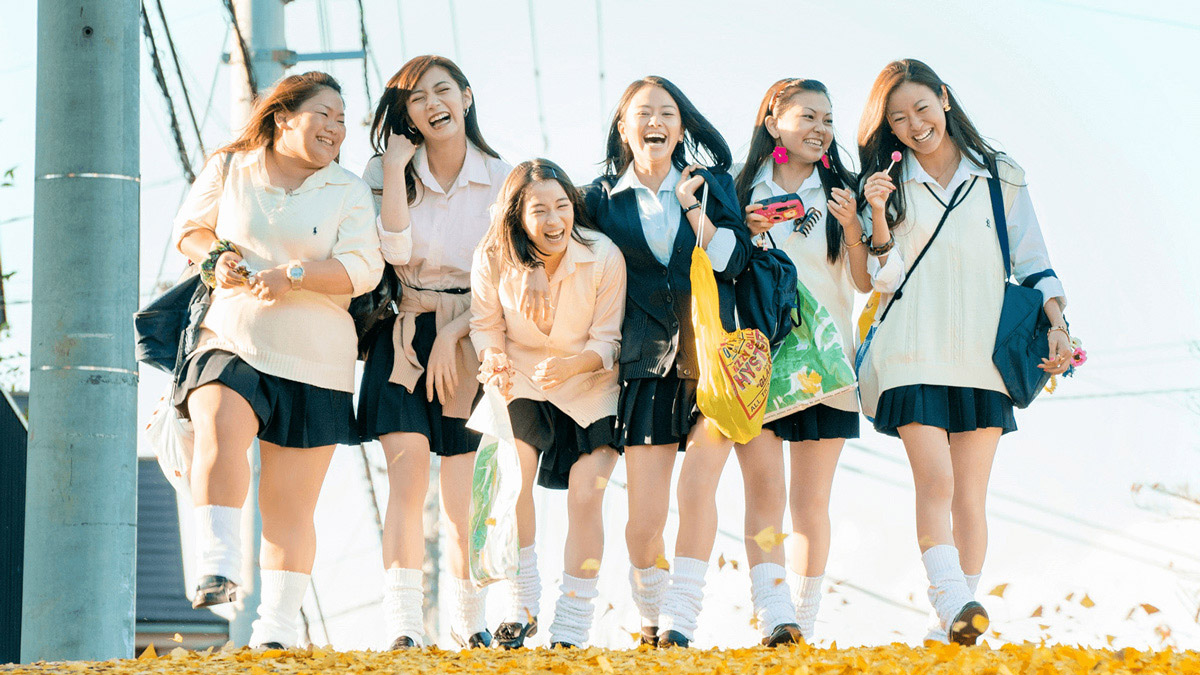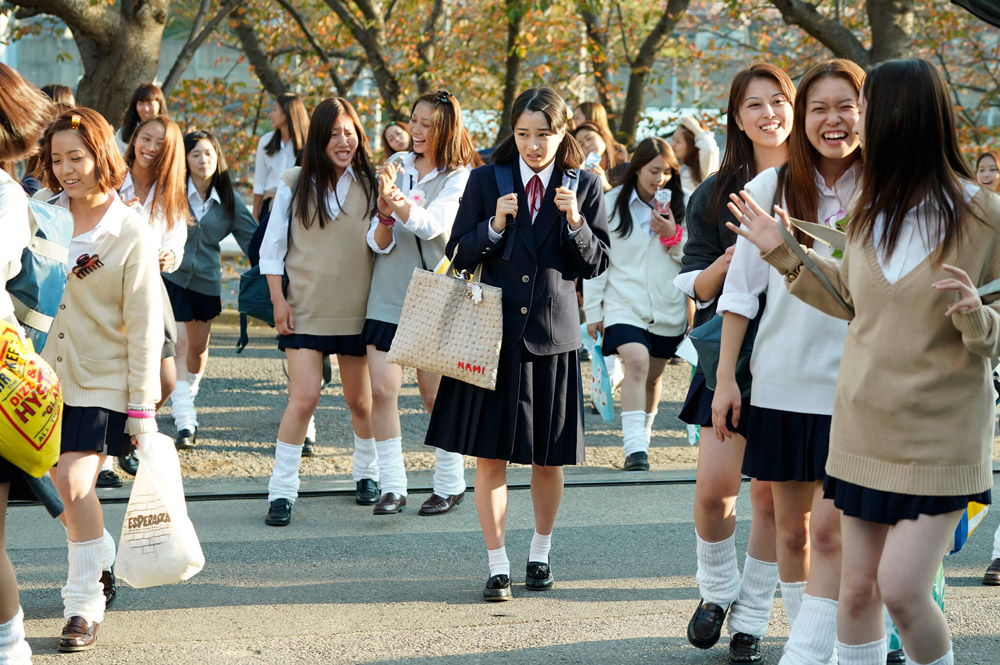
(C)2018 “SUNNY” Production Committee
"Sunny: Our Hearts Beat Together" Original Thorough Comparison/Time Background Edition - Reasons for depicting "teens in the mid-1990s"
The epoch of the young gal era depicted in “Sunny: Our Hearts Beat Together”
In other words, the flashback part of ``Sunny'' chooses the mid-1980s (just before 1987), an epochal period in Korean society, as a ``sparkling era'' for impressionable teenage girls. That's why. On the other hand, what era is the Japanese version of "Sunny: Our Hearts Beat Together" set in? It was the mid-1990s.
In the field of sociocultural theory, the year 1995 is often talked about as the turning point in Japanese society that led to the present day. This was a time when the Great Hanshin-Awaji Earthquake occurred in January, the sarin attack at Aum Shinrikyo occurred in March, and the wave of IT adoption began in earnest with the release of Windows 95. At the same time, it was still several years after the bubble burst, and it was also the early stage of the long slump in the Japanese economy known as the "lost 20 years."
The main character of ``Sunny: Our Hearts Beat Together'', Nami (Suzu Hirose when she was a high school girl), is from Awaji Island, but after being affected by the Great Hanshin-Awaji Earthquake, she transferred to a school near Tokyo. As you know, high school girls at that time were in their prime as Kogal.

“Sunny: Our Hearts Beat Together” (C)2018 “SUNNY” Production Committee
In 1995, the fashion magazine ``egg'', which was a driving force behind the girl culture, was launched in 1995, alongside the high school girls who gathered in Shibuya at the time. In Japan's unstable post-bubble society, young gals with brown hair, gangly hair, loose socks, and carrying their favorite domestic brand shoppers walk around the city. What exactly does their presence symbolize in this movie?
In other words, while South Korea was Americanized in the 1980s, Japan was super domestic in the 1990s. This is the cutting edge of Galapagosization. In terms of fashion, items unique to Japan, such as loose socks in the mainstream world and Urahara-kei in the subculture world, are gaining a higher cultural status, and in music, the Western music complex is disappearing. In the major music scene, Tetsuya Komuro brought sounds and rhythms from club culture to the music field, and in the alternative scene, a group of musicians known as ``Shibuya-kei'' who produced a highly sophisticated sound backed by a core informational nature became popular. Among them, former Flippers guitarist Kenji Ozawa even participated in the Kohaku Uta Gassen, and J-pop is also in full swing. Linked to this momentum, music software (CDs) were also the best-selling era.

